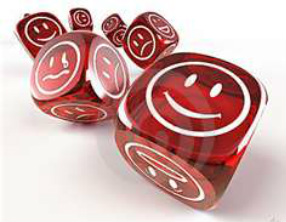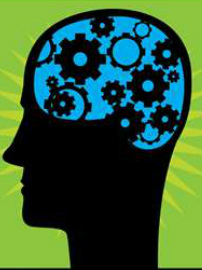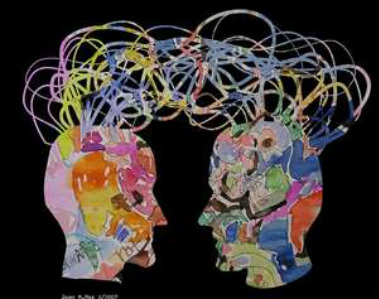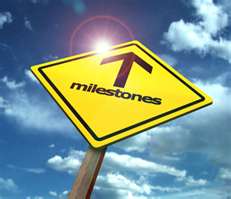Child Development is a progressive process every child goes through.
This process involves the learning and mastering of new skills and physical growth of the body.
Developmental Milestones are skills that a child acquires within a specific time frame, develops in a sequential fashion, and makes childhood development predictable.
Performance Skills are observable, concrete, goal directed actions that people use to engage in daily life activities. These skills are small measurable units in a chain of actions that are observed when a person performs a meaningful task. These skills are learned and developed over time, and are the abilities that a person demonstrates in the actions they perform.(AOTA 2008).

MOTOR SKILLS
These are actions or behaviors your child uses to move and physically interact with tasks, objects, and environments.
Examples of this performance skill are bending and reaching, coordination of body movements, and maintaining balance.

SENSORY SKILLS
These are actions or behaviors used to locate, identify, select, interpret, and organize sensory input. Sensory input (as you already know) comes through a variety of sensations including vision, hearing and taste.
But sensory input may also be tactile, vestibular and proprioceptive.
Tactile sensory input is how your child feels things, like temperature, touch, pain, and pressure.
Vestibular sensory input detects movement and changes in the position of your childs' head, making them feel either balanced or "off center".
Proprioceptive sensory input provides feedback to your teenagers mind from their muscles, bones, and joints; it is the sensation that enables them to know where their body is in space (the environment in which they move).
Examples of sensory performance skills include hearing and locating sounds your adolescent hears, and then interpreting and reacting to the incoming sensations.
These are actions or behaviors used to locate, identify, select, interpret, and organize sensory input. Sensory input (as you already know) comes through a variety of sensations including vision, hearing and taste.
But sensory input may also be tactile, vestibular and proprioceptive.
Tactile sensory input is how your child feels things, like temperature, touch, pain, and pressure.
Vestibular sensory input detects movement and changes in the position of your childs' head, making them feel either balanced or "off center".
Proprioceptive sensory input provides feedback to your teenagers mind from their muscles, bones, and joints; it is the sensation that enables them to know where their body is in space (the environment in which they move).
Examples of sensory performance skills include hearing and locating sounds your adolescent hears, and then interpreting and reacting to the incoming sensations.

EMOTIONAL SKILLS
These are actions or behaviors that a child uses to identify, manage and express feelings while engaging in activities or interacting with others.
Examples of these skills can be responding to others feelings, persisting in frustrating tasks, controlling anger, displaying appropriate emotions, and utilizing relaxation strategies to cope with stressful events.
These are actions or behaviors that a child uses to identify, manage and express feelings while engaging in activities or interacting with others.
Examples of these skills can be responding to others feelings, persisting in frustrating tasks, controlling anger, displaying appropriate emotions, and utilizing relaxation strategies to cope with stressful events.

COGNITIVE SKILLS
These are actions and behaviors that a child uses to plan and manage the performance of an activity.
Examples of cognitive performance skills could be judging the appropriateness of clothes to wear for a specific event, selecting tools or supplies needed to perform a task, sequencing tasks needed for a school project, organizing activities within the time required to meet a deadline, and multitasking.
Cognitive development also allows for an adolescent to plan ahead and set personal goals.
These are actions and behaviors that a child uses to plan and manage the performance of an activity.
Examples of cognitive performance skills could be judging the appropriateness of clothes to wear for a specific event, selecting tools or supplies needed to perform a task, sequencing tasks needed for a school project, organizing activities within the time required to meet a deadline, and multitasking.
Cognitive development also allows for an adolescent to plan ahead and set personal goals.

COMMUNICATION SKILLS
These are the actions and behaviors that a child uses to communicate and interact with other people within their environment.
Examples of these skills include looking where someone else is pointing, gesturing to emphasize intentions, maintaining an acceptable physical space between others during a conversation, taking turns with other people both verbally and physically, and acknowledging others perspectives during an interchange of information.
These are the actions and behaviors that a child uses to communicate and interact with other people within their environment.
Examples of these skills include looking where someone else is pointing, gesturing to emphasize intentions, maintaining an acceptable physical space between others during a conversation, taking turns with other people both verbally and physically, and acknowledging others perspectives during an interchange of information.
(AOTA 2008).


